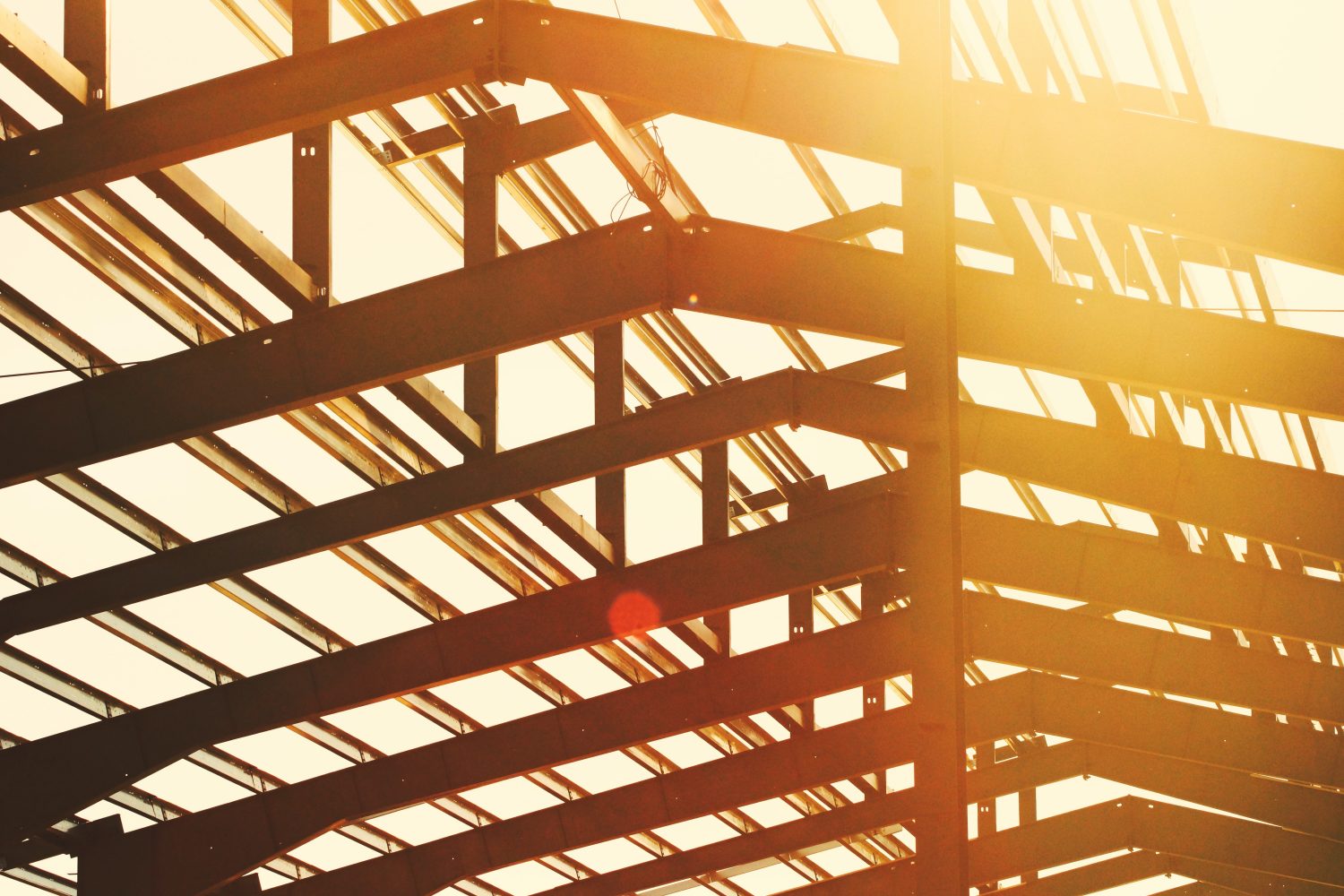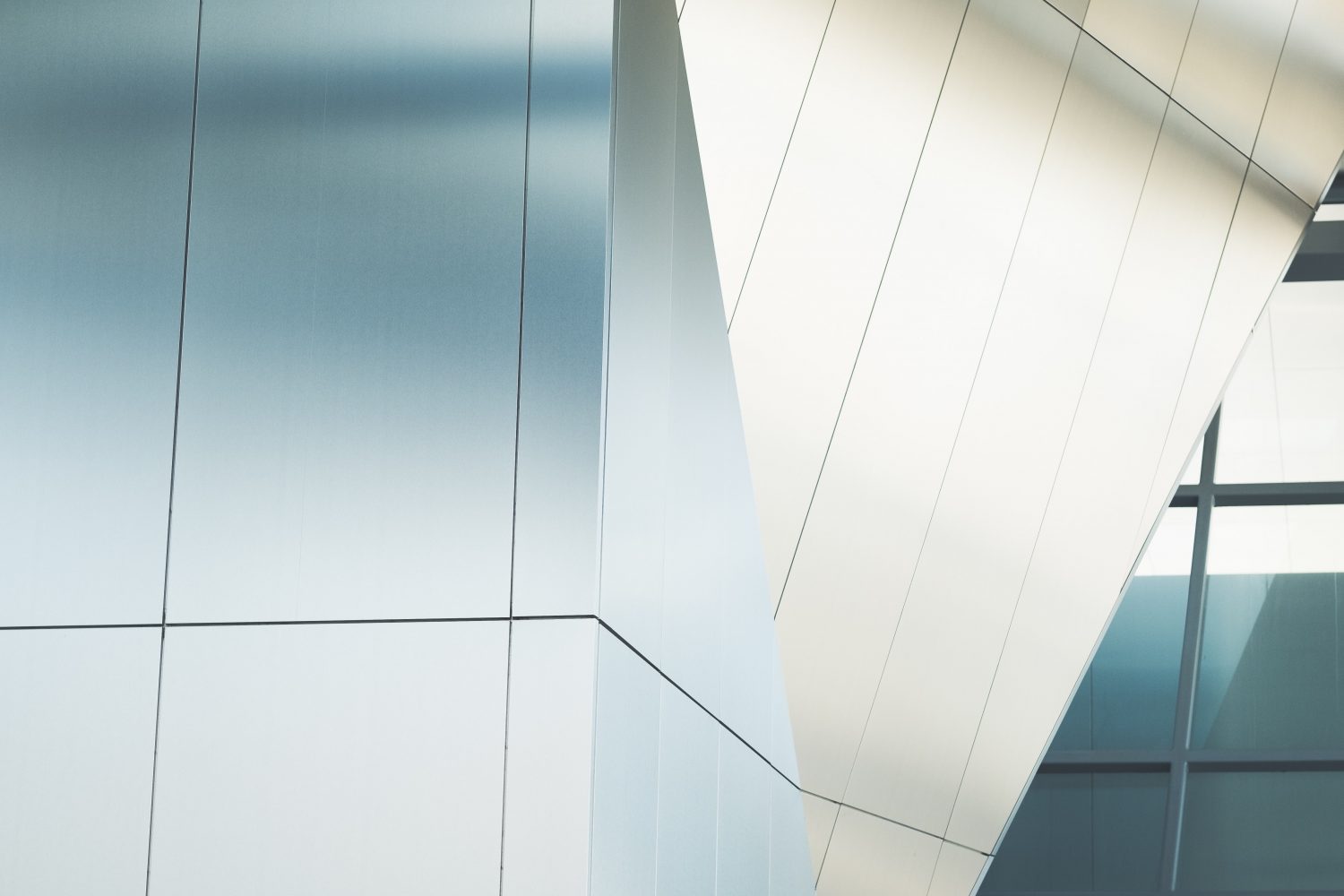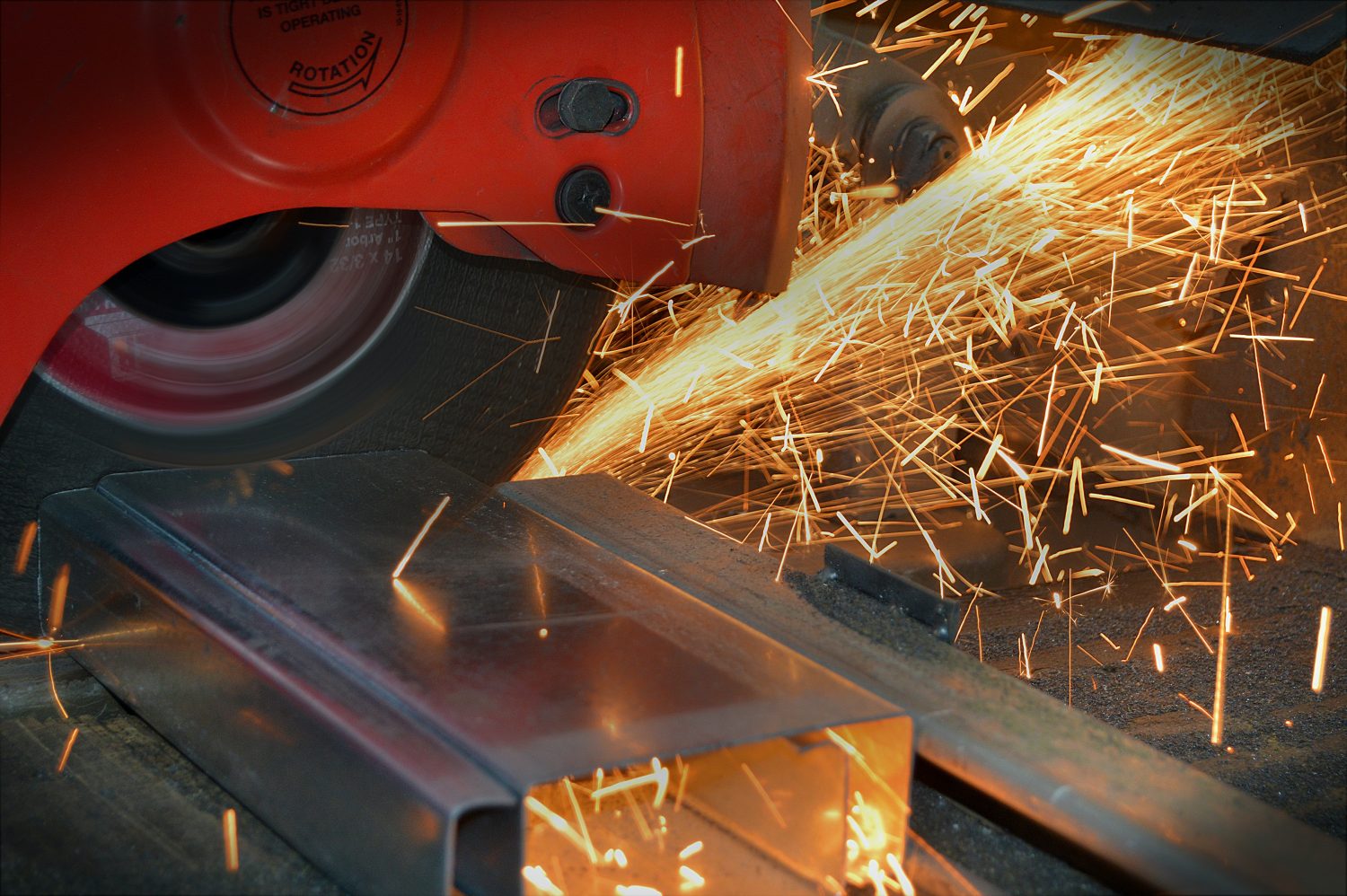The construction industry has significantly evolved over the years, and with it, several new and improved methods that make the industry safer and more efficient, one of which is steel fabrication. If you consider different types of large buildings like skyscrapers, warehouses, and shopping centres for instance, almost all elements of their construction involve structural steel. Steel-framed structures are also used extensively across a number of different types of construction projects such as garages, residential buildings, and short-term temporary structures.
Steel fabrication is integral to creating various parts and products with different qualities for different applications. There can be no denying that structural steelwork has been the top choice for the majority of engineers, builders, contractors, and structural steel fabricators. A lot of industries depend on bespoke steel fabrication in one way or another because of its reliability, quality, flexibility, cost-effectiveness, and sustainability.
Structural steelwork and fabrication
Two of the hardest industries in the world today are architectural engineering and construction. This is largely down to complex and demanding designs where the finished product needs to have the highest integrity and withstand any type of conditions. Due to the nature of these sectors, there is high demand for materials that are exceptionally strong and durable.
A large amount of steel fabrication is done in cold, rolled, mild, and stainless steel. Of these, stainless steel is the most commonly used thanks to its strength, high level of weather resistance, and aesthetic appearance, particularly brushed stainless steel. Modern advancements in technology, machinery, and computer-aided design (CAD) software have taken the steel fabrication process to the next level. It now includes using other manufacturing practices such as bending, cutting, brazing, grinding, and welding.
Where is steel fabrication most commonly used in construction?
Steel fabrication can be found in multiple different parts of the construction industry. Some examples of these include:
- High-rise buildings- thanks to its light weight, strength, and quicker construction
- Industrial buildings- due to its ability to manufacture large spaces at a low price
- Warehouse buildings- again because of making big areas at lower costs
- Residential buildings- with a technique known as light gauge steel construction
- Temporary structures- because they can be set up and taken away quickly and easily
What are the benefits of steel fabrication in construction?
- Ensures structurally sound products that are made to strict specifications and tolerances.
- Energy efficient and additional material leftover from the process is fully recyclable.
- The strength of steel means it won’t warp, twist, buckle, or bend, so it will be long-lasting, and any modifications can easily be made if needed.
- It’s cost effective and pricing stays fairly consistent.
- It allows for better quality construction and less maintenance and repairs will be needed on the finished product.
As well as safety and economic benefits, steel fabrication in construction also provides important environmental and social benefits. This is because steel lasts a very long time, it is reusable, and it can be repeatedly recycled without compromising its properties. Steel framed buildings, as mentioned briefly above, can also be impressively energy efficient when used in conjunction with other enhancements.
Steel fabrication in construction needs industry experts
Bespoke steel fabrication is a skilled, specialist process that requires cutting, shaping, or moulding metals to create the final product. Therefore, it’s important that anyone needing steel fabrication in the construction industry goes to an engineering company with extensive industry experience, professionally trained staff, and cutting-edge machinery.
With that in mind, if you’re looking for high quality steel fabrication in Sheffield, contact our team at FEM today. Our family-run bespoke fabrication service ensures your exact specifications are met to the highest possible standard, quickly and efficiently and competitively priced.



